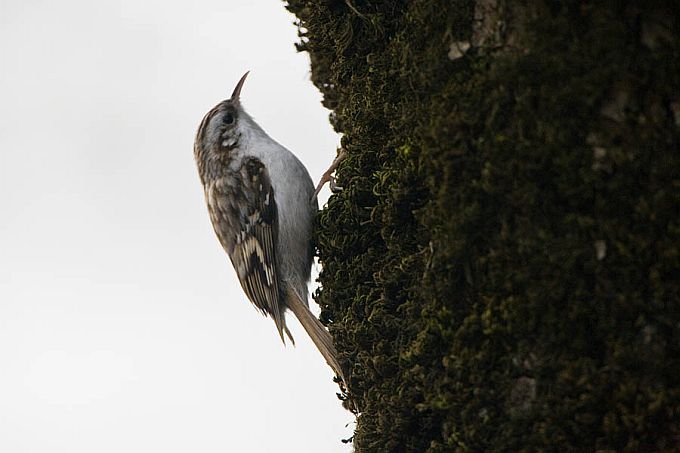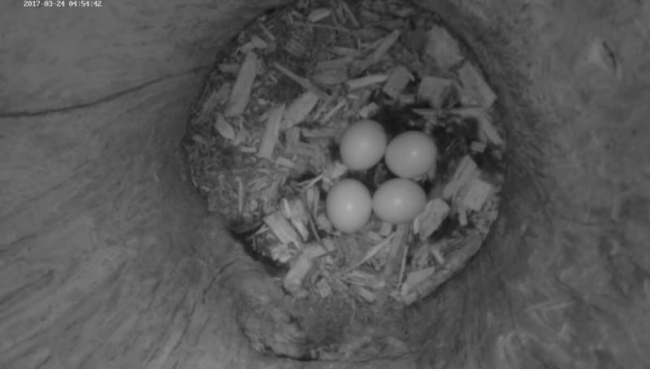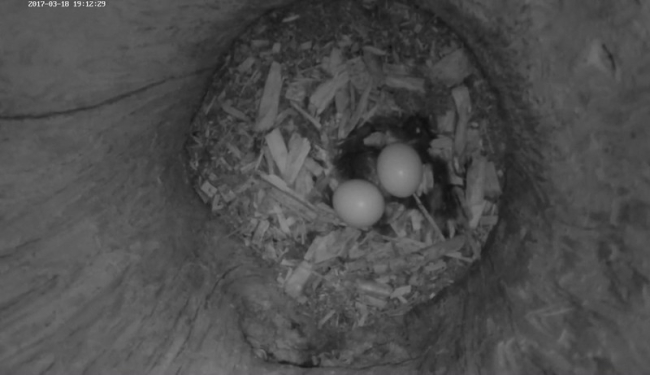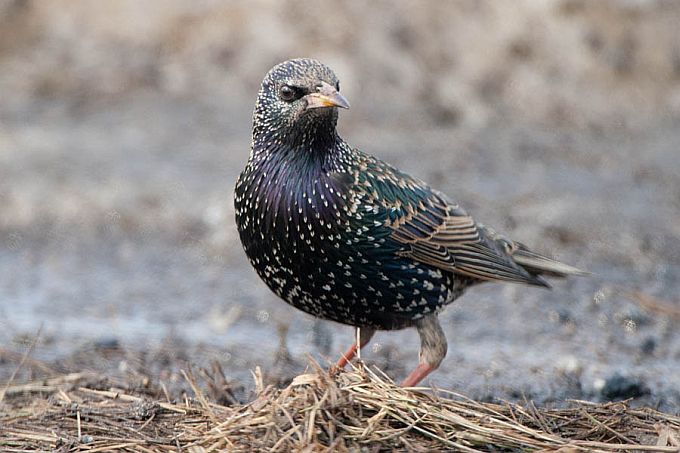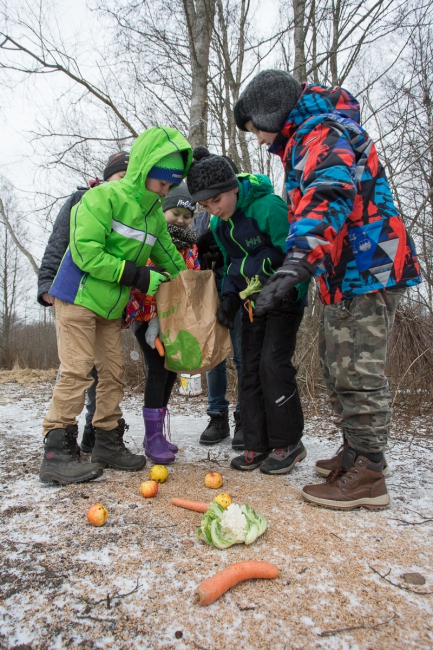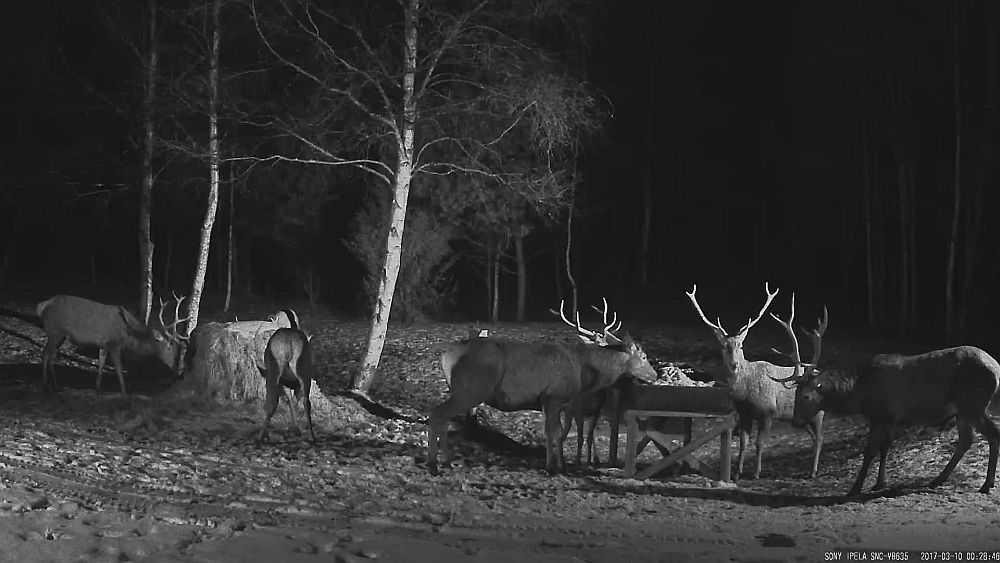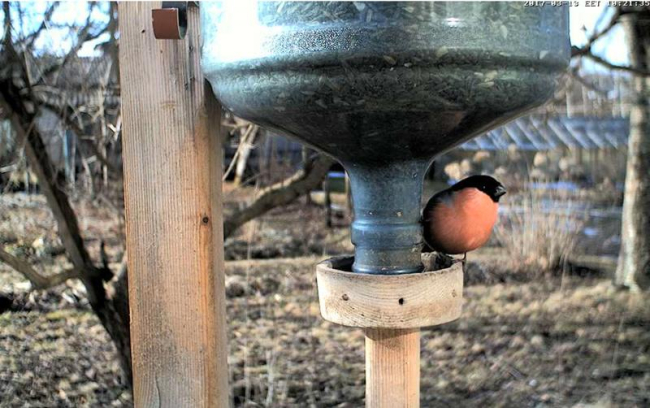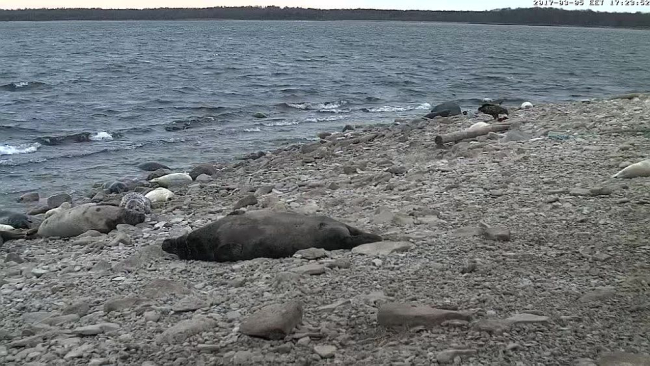Intercity birdwatching contest
On the last Sunday of March, March 26th, the traditional intercity birdwatching contest will take place.
The kick-off for the birdwatching will be already at 5 o’clock in the morning. Nobody should however be discouraged by the early hour because all observations made in the cities up to 1 p m will be taken in account.
The event has expanded steadily. Its aim is to make us aware of the richness of birds in cities and the arrival of migrating birds that has started. Last year observation results were received from 24 Estonian cities where 118 bird species were observed.
